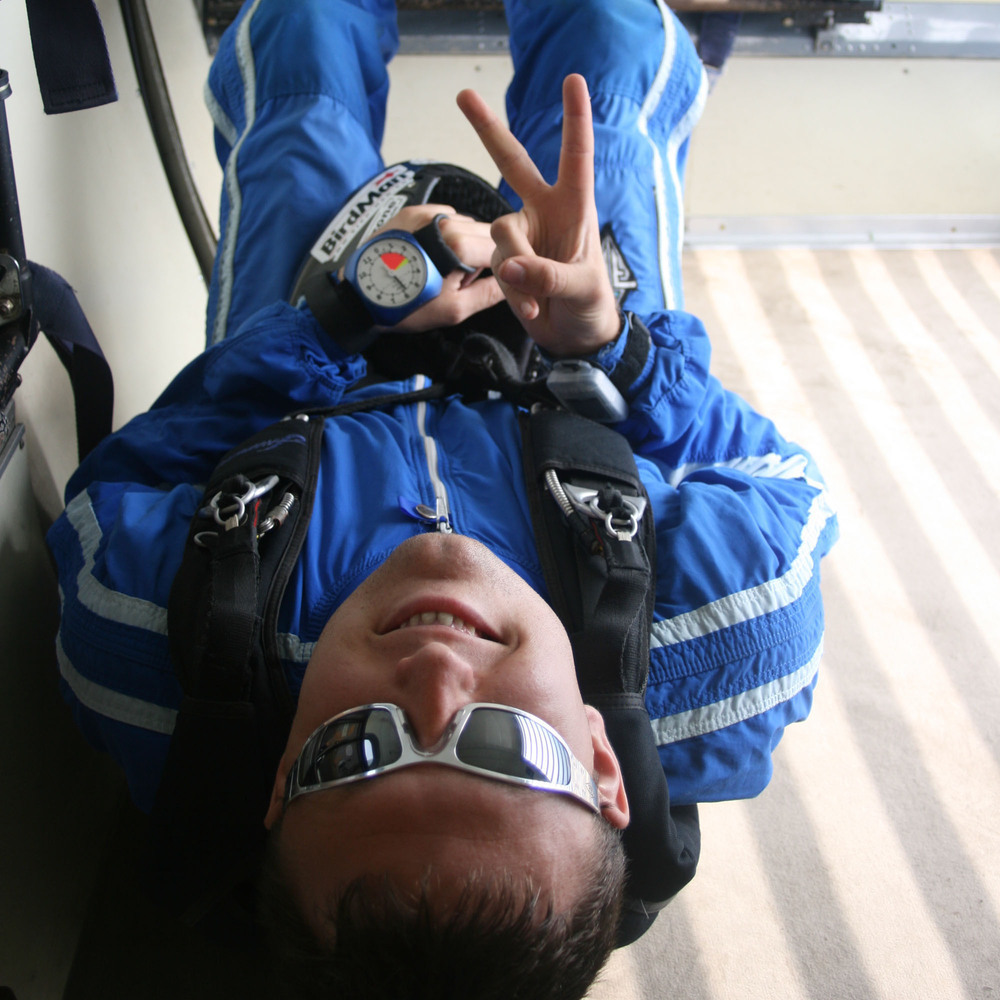Recommended Posts
bob.dino 0
Better yet, go jump a Lightning and go report on its terminal openings  .
.
Note for some people: this is sarcasm. Please don't take a Lightning to terminal. It hurts.
Note for some people: this is sarcasm. Please don't take a Lightning to terminal. It hurts.
bob.dino 0
According to their website, it's UV proof! Cool.
I have no idea what the following quote means:
Can anyone enlighten me?
I have no idea what the following quote means:
QuoteExpected shelf pack life cycles greater than 5 years
Can anyone enlighten me?
IMGR2 0
It means it doesn't deteriate or mold.
ph8068 0
QuoteExpected shelf pack life cycles greater than 5 years
So you could leave a reserve packed for 5 years and still expect it to work fine.
QuoteIt promotes a better glide ratio
True if the new material provides less friction to the air.
Designer 0
Interesting.Durability and UV protection have long been an issue.Look forward to more discussions on new materials.rob
BTW, Gelvenor was at the PIA symposium promoting a new ZP fabric they have coming out. Lighter and more UV resistant. The guy said we can expect to hear about it "in a few months" or something. I asked if he had a customer and he said probably, but he couldn't say who and it'll be big news when (if?) it gets announced.
Dave
Dave
The new GLX:
The new GLX is a ground launching machine! After several years of beta testing we have developed a parachute that is easy to launch and a joy to fly down the mountain. The GLX is completely cross braced with a hybrid nose section. The center three cells of the canopy are open and the cells on each side of the center are closed with opening similar to a JVX. The GLX has no stabilizers, reinforced ribs and utilizes Spinnaker cloth. Spinnaker material has been used for years on ram air kites and paragliders. Spinnaker material is crisp and thick allowing it to hold the airfoil's shape better. Spinnaker material makes launching easier and is more rigid during flight. The GLX comes standard with two HMA or Vectran line sets. As an option, pilots can get a continuous line set allowing broken lines to be easily changed in the field without tools. A continuous line set makes loosing a line during flight less "stressful" since you have more attachment points between you and the canopy. If your serious about ground launching and want the most from your Bladerunning experience there is only one choice. Ask anyone who has flown a GLX and they will all tell you the same. See you at the launch point...***
oooooooook Spinnaker cloth im familiar with this in sailing and paragliding. but the G.L.X is and meant for ground launch and blade running but I wonder if you could pack it for a hop & pop blade run I'll ask jim that
I don't care about fame I just want people to know my name qote ( Andrew Cebuhar)
the thread is dead
The new GLX is a ground launching machine! After several years of beta testing we have developed a parachute that is easy to launch and a joy to fly down the mountain. The GLX is completely cross braced with a hybrid nose section. The center three cells of the canopy are open and the cells on each side of the center are closed with opening similar to a JVX. The GLX has no stabilizers, reinforced ribs and utilizes Spinnaker cloth. Spinnaker material has been used for years on ram air kites and paragliders. Spinnaker material is crisp and thick allowing it to hold the airfoil's shape better. Spinnaker material makes launching easier and is more rigid during flight. The GLX comes standard with two HMA or Vectran line sets. As an option, pilots can get a continuous line set allowing broken lines to be easily changed in the field without tools. A continuous line set makes loosing a line during flight less "stressful" since you have more attachment points between you and the canopy. If your serious about ground launching and want the most from your Bladerunning experience there is only one choice. Ask anyone who has flown a GLX and they will all tell you the same. See you at the launch point...***
oooooooook Spinnaker cloth im familiar with this in sailing and paragliding. but the G.L.X is and meant for ground launch and blade running but I wonder if you could pack it for a hop & pop blade run I'll ask jim that
I don't care about fame I just want people to know my name qote ( Andrew Cebuhar)
the thread is dead



Go jump a Lightning and report back on its openings sub-terminal.
And tomorrow is a mystery
Parachutemanuals.com
Share this post
Link to post
Share on other sites